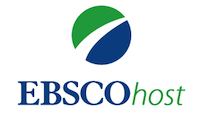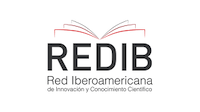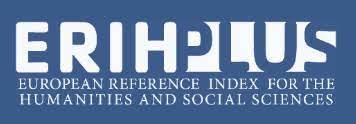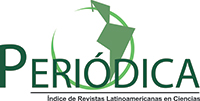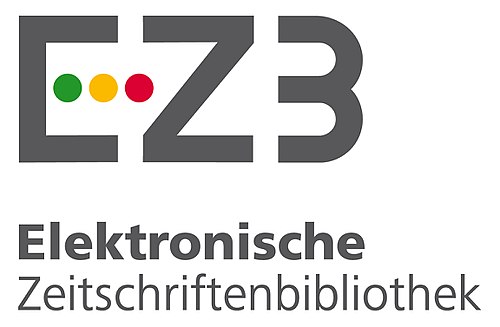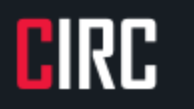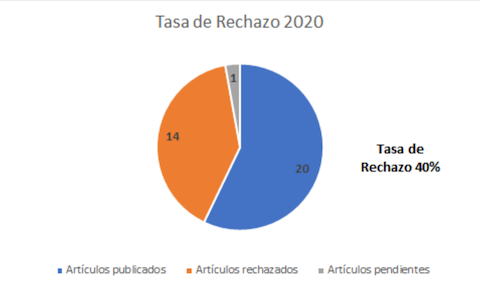Learning Curve of the Airspace Electronics and Communications Engineer
DOI:
https://doi.org/10.18667/cienciaypoderaereo.687Keywords:
Learning curve, training, mentoringAbstract
This work studied the progress made by the communications and electronics engineers (CEES) working at Servicios a la Navegación en el Espacio Aéreo Mexicano (SENEAM), with the aim of establishing their transitions and projections while working at this company, and acknowledging the learning curve by this staff from their beginnings as CEES in the corresponding area of IDS, communications, radio aids or radar operations. Learning curves are empirical models that allow studying technological transformations as a result of learning processes. From this, learning is understood as the knowledge we acquire from the repetition of a process (learning-by-doing) (Arrow, 1962). Wright (1936) published an article stating that the learning curve phenomenon was observed for the first time in 1920. On this regard, Hirschmann (1964) comments on the benefits of the learning curve that “practice makes perfect, and things can be done better not only the second time, but every time we try.” Hence, the learning curve is the one in charge of quantifying and graphically representing this performance (Hirschmann, 1964). In this context, SENEAM, which has more than 40 years of experience in the Mexican aeronautical industry, provides air navigation assistance services with safety, fluidity and order, ensuring quality and efficiency in accordance with applicable national and international regulations. Consequently, this research is expected to reveal the factors that determine the learning curve of CEES in the airline industry through the case study of SENEAM.
Downloads
References
Aca, N. (2017). Cómo reducir la curva de aprendizaje de tus colaboradores. Merca2.0.
Arrow, K. J. (1962). The Economic Implications of Learning by Doing. EUA.
Ballesteros P., Ballesteros, D., & Jaramillo, C. (2005). Aplicación de la lúdica en la curva de aprendizaje. Scientia Et Technica, 1(27).
Chango, Z. (2014). Las Curvas de Aprendizaje. Publicaciones Cientificas Universidad de las Fuerzas Armadas Ecuador.
CONFEDI. (2016). Competencias y perfil del ingeniero iberoamericano, formacion de profesores y desarrollo tecnologico e innovacion. ASIBEI.
CONOCER. (2017). Competencias de personas y perfiles ocupacionales. https://conocer.gob.mx/wpcontent/uploads/2017/05/MonografiasPerfilesOcupacionalesTotales.pdf
Dessler, G., & Varela, R. (2011). Administracion de Recursos Humanos. Pearson Prentice Hall.
DOF. (1978). Diario Oficial de la Federacion. DOF. http://www.dof.gob.mx/copias.php?acc=ajaxPaginas&paginas=1-25&seccion=SEGUNDA&edicion=199171&ed=MATUTINO&fecha=25/11/1950
Hirschmann, W. B. (1964). Beneficio de la curva de aprendizaje. Harvard Business Review.
Hitt, I. (2008). Administración estrategica. CENGAGE Learning.
Hyrkäs, K., Appelqvist-Schmidlechner, K., & Oksa, L. (2003). Validating an Instrument for Clinical Supervision Using an Expert Panel. International Journal of Nursing Studies, 40(6), 619-625.
INEGI. (2011). Sistema nacional de clasificacion de ocupaciones 2011 SINCO. INEGI.
Jacobs, R. B. (2014). Administracion de operaciones, produccion y cadena de suministros. McGraw-Hill.
Kanawaty, G. (1995). Introduccion al estudio del trabajo. Oficina Internacional del Trabajo Ginebra.
Kelly, W. (1982). Psicología de la educación (7.a ed.). Morata.
Kim, D. (1993). The Link between Individual and Organizational Learning. MIT Solan.
Krajenski, L. Y. (2000). Administración de operaciones, estrategia y análisis (5.a ed.). Pearson.
Lefcovich, M. (2003). Kaizen. Mejora continua y cuadro de mando integral. Gestiopolis. https://www.gestiopolis.com/kaizen-mejora-continua-y-cuadro-de-mando-integral/
Miro, J. (2009, 11 de marzo). Dimecres. www.fib.upc.edu.
Rojas, V. M. (2011). Metodologia de la investigacion (Diseño y ejecucion). Ediciones de la U.
Salgado Benitez, J. (2006). Administracion de Recursos Humanos (2a ed.). Grupo Exodo.
Sampieri, R. (2010). Metodologia de la investigacion (4a ed.). McGraw Hill.
Skjong, R., & Wentworth, B. (2000). Expert Judgement and Risk Perception. http://research.dnv.com/skj/Papers/SkjWen.pdf
Terrazas, L. A., Aldape, A., & Tarango, L. (2009). La curva de aprendizaje como estrategia para reduccion de costos. 2do Congreso Internacional de Investigación, Chihuahua, México.
Titone, R. (1986). Psicodidáctica (4a ed.). Narcea Ediciones.
Willard, I., & Kantor, P. (1998). Toward a Theory of Continuous Improvement and the Learning Curve. Management Science, 44(7), 910-920. https://www.researchgate.net/publication/227447135_Toward_a_Theory_of_Continuous_Improvement_and_the_Learning_Curve
Wright, T.P. (1936). Factors Affecting the Cost of Airplanes. Journal of the Aeronautical Sciences, 3, 122-128.
Yelle, L. E. (1979). La curva de aprendizaje: revision historica y encuesta completa. Wiley Online Library.
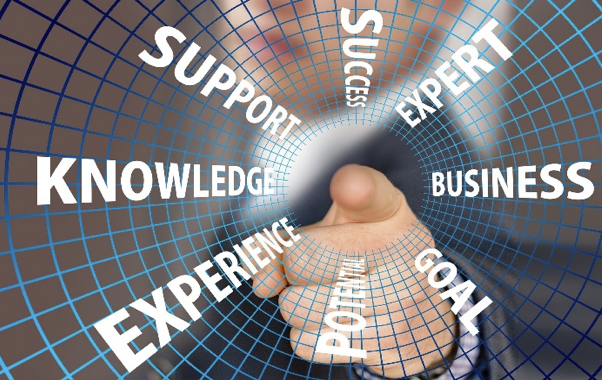
Downloads
Published
Issue
Section
License
Copyright (c) 2021 Escuela de Postgrados de la Fuerza Aérea Colombiana

This work is licensed under a Creative Commons Attribution 4.0 International License.
Assignment of Copyrights
Authors assign Ciencia y Poder Aéreo journal the exclusive rights (reproduction, distribution, public communication, and transformation) to exploit and commercialize their work, in whole or in part, in all the formats and modalities of present or future exploitation, in all languages, throughout the life of the work and throughout the world.
All contents published in Ciencia y Poder Aéreo journal are licensed under a Creative Commons Attribution 4.0 International License, whose complete information is available at http://creativecommons.org/licenses/by/4.0/
Under the terms of this license, users are free to download, print, extract, archive, distribute and publicly communicate the content of articles, provided that proper credit is granted to authors and Ciencia y Poder Aéreo, scientific journal of the Graduate School of the Colombian Air Force. Except when otherwise indicated, this site and its contents are licensed under a Creative Commons Attribution 4.0 International License.
For other uses not considered under this license it is required to contact the Director or the Editor of the journal at the e-mail address cienciaypoderaereo1@gmail.com.
The Graduate School of the Colombian Air Force and this publication are not responsible for the concepts expressed in the articles, including the metadata or the affiliation stated by authors. This is the full responsibility of the authors.



